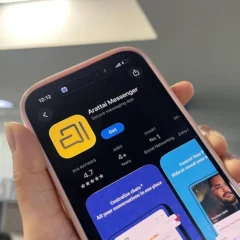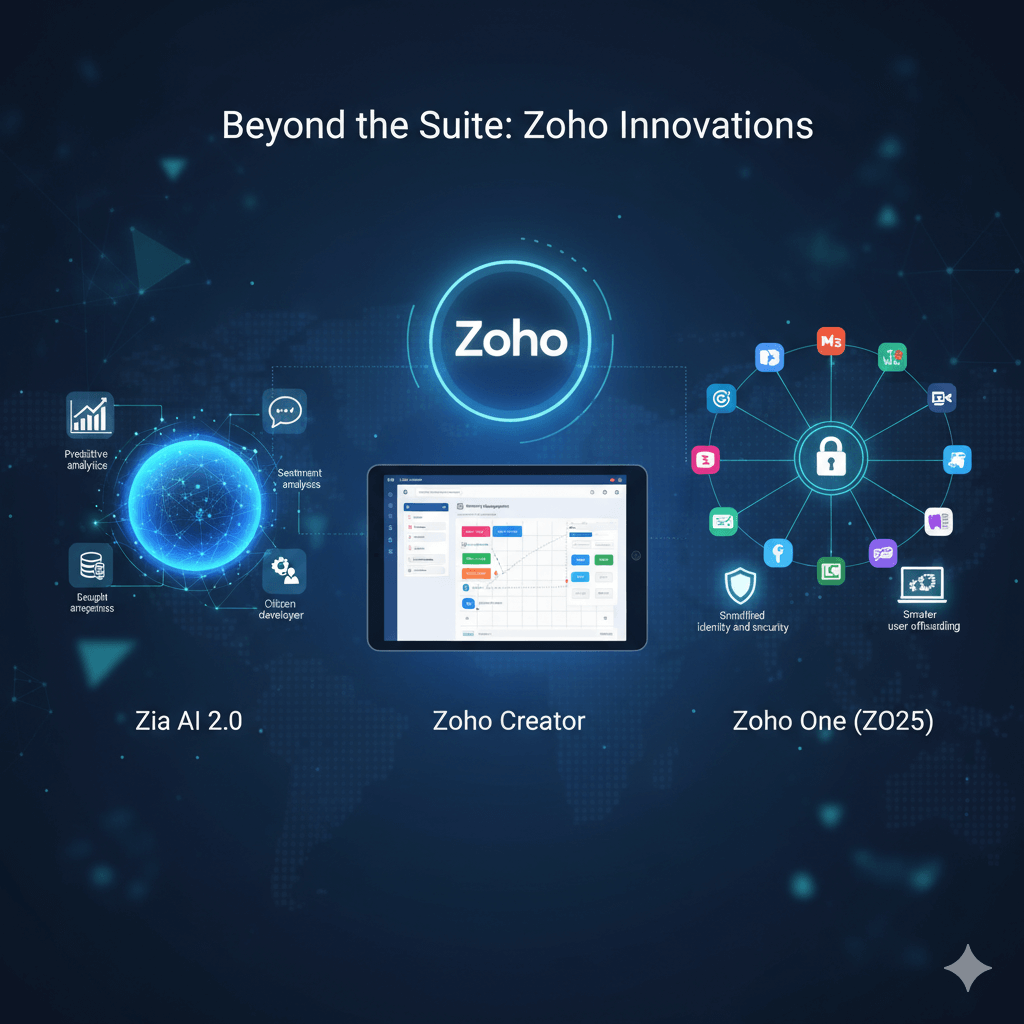
In an age where our smartphones are extensions of our hands and social media notifications ping constantly, the line between the digital and physical worlds has blurred significantly. Technology, while offering unparalleled connectivity and convenience, also brings with it the risk of distraction, comparison, and a pervasive sense of being “always on.” This is where mindful technology usage comes in—it’s not about ditching your devices, but about engaging with them intentionally, consciously, and in a way that truly serves your well-being, rather than detracting from it.
It’s about finding that sweet spot where screens enhance your reality, rather than overshadowing it.
Why Mindful Technology Matters Now More Than Ever:
- Mental Well-being: Excessive screen time is linked to increased anxiety, depression, and poor sleep quality.
- Focus and Productivity: Constant interruptions fragment our attention, hindering deep work and creativity.
- Real-Life Connections: When we’re glued to our screens, we miss out on genuine interactions with those around us.
- Presence: Being perpetually online can make us less present in our own lives, diminishing our ability to savor moments.
Ready to reclaim your attention and live more fully in the real world? Here are key shifts and strategies for mindful technology usage:
1. Define Your “Why”: Purposeful Engagement
Before you pick up your phone, ask yourself: Why am I doing this?
- Connect vs. Distract: Am I connecting with someone meaningfully, or just mindlessly scrolling to avoid something?
- Inform vs. Overload: Am I seeking specific information, or getting lost in an endless stream of news and updates?
- Create vs. Consume: Am I using this tool to create something valuable, or just passively consuming content?
Having a clear purpose for each interaction helps you avoid the rabbit hole of unintentional screen time.
2. Create Digital Boundaries: Physical and Time-Based
Just like you wouldn’t let a guest interrupt your dinner conversation constantly, set rules for your devices.
- No-Phone Zones: Designate areas in your home as screen-free. The dining table, bedroom (especially an hour before sleep), and during family activities are great places to start.
- Time Blocks: Schedule specific times for checking email, social media, or news. Outside these blocks, keep notifications off. Consider a “digital detox” hour or even a full day each week.
- Start & End Your Day Mindfully: Avoid checking your phone first thing in the morning and last thing at night. Give yourself space to wake up and wind down without digital input.
3. Declutter Your Digital Environment
An organized digital space leads to a calmer mind.
- Turn Off Notifications: This is huge. Most apps don’t need to alert you constantly. Turn off all non-essential notifications.
- Delete Unused Apps: Get rid of apps you rarely use or those that trigger negative emotions (e.g., compulsive checking, comparison).
- Organize Your Home Screen: Keep only essential apps on your main screen. Bury distracting apps in folders or on secondary screens to add friction to access.
- Use Grayscale Mode: Experiment with setting your phone to grayscale. The lack of vibrant colors can make the screen less appealing and reduce compulsive checking.
4. Practice Mindful Consumption: Engage Actively
When you do engage with technology, do so fully.
- Read Deeply: If you’re reading an article, minimize distractions and truly absorb the content.
- Watch Consciously: If you’re watching a video or show, choose it intentionally and be present, rather than letting it be background noise.
- Engage Thoughtfully: When on social media, focus on genuine interactions – commenting thoughtfully, sending direct messages, or sharing content that truly resonates.
5. Reconnect with the Real World: Hobbies & Nature
Actively schedule activities that don’t involve screens.
- Pick Up a Hobby: Re-engage with old hobbies or try new ones – reading physical books, painting, gardening, cooking, playing an instrument.
- Spend Time in Nature: Even a 15-minute walk outside can reset your mind and connect you to your physical surroundings.
- Prioritize In-Person Interactions: Make an effort to meet friends, spend time with family, or volunteer in your community.
Mindful technology usage isn’t about rejecting progress; it’s about reclaiming your present. It’s about being the master of your tools, not their servant. By making conscious choices about how and when you engage with screens, you can foster deeper connections, improve your well-being, and live a life that is truly rich in both digital and real-world experiences.









